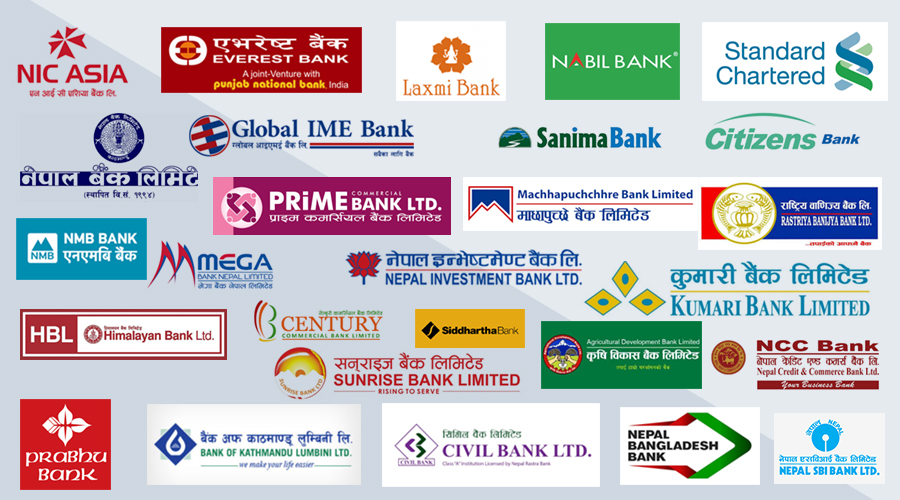KATHMANDU: A study conducted by Nepal Rastra Bank (NRB) has concluded that there is no need for more than 15 commercial banks in Nepal.
The NRB had conducted a survey to get the opinion of stakeholders with the objective of reducing the number of banks. NRB had carried out the survey across 230 CEOs, managers and experts of banks and financial institutions. This included 40 people and 90 experts including managers, CEOs and deputy CEOs of banks and financial institutions participated.
In the survey, 50 percent of the respondents have given the opinion that there is no need for more than 15 banks in Nepal.
Incentive merger was reported as the most preferred modality for reducing the number of BFIs in Nepal. About 57 percent of the respondents stood in favor of incentive merger, 20 percent in favor of forced big merger, 17 percent in favor of voluntary merger and the remaining respondents were in favor of merger through capital increment.
In addition, most of the respondents (61 percent) opined that merger should be done between weak and strong institutions. The preference for the merger between weak and strong institutions is similar between the BFI management and experts.
“Even though statistical models cannot exactly tell the optimal number of banks in an economy, low level of concentration in the that further c onsolidation can be done Nepali without banking industry imply creating monopolistic power,” reads the NRB report. If a proper balance between efficiency gains from merger and anticompetitive effects is maintained, health y and resilient financial system can be built with the consolidation while ensuring increase in consumer welfare, as per the study.
The survey respondents opined that consolidation process has many positive impacts at least in the short run. Of the respondents from the BFIs, 79 percent opined that the merger process has enhanced risk-bearing capacity of the BFIs, 67 percent opined that it has increased investment capacity, 51 percent opined that it has helped maintain healthy competition and 52 percent opined that it has helped increase operational efficiency.
In addition, 52 percent of the respondents reported that per employee operation cost has declined after the merger, 50 percent reported that peremployee operating profit has increased and 62 percent reported that employee productivity has increased.
Moreover, 69 percent of the respondents reported that risk bearing capacity has increased, 58 percent reported that quality of the assets has improved and 46 percent reported that spread rate has declined after the merger process. These results imply that banking sector consolidation has been beneficial for the BFIs at least in the short run. However, there is a need for the regulator as well as the involved institutions to focus on operational efficiency gains of the BFIs in the post-merger phase.

